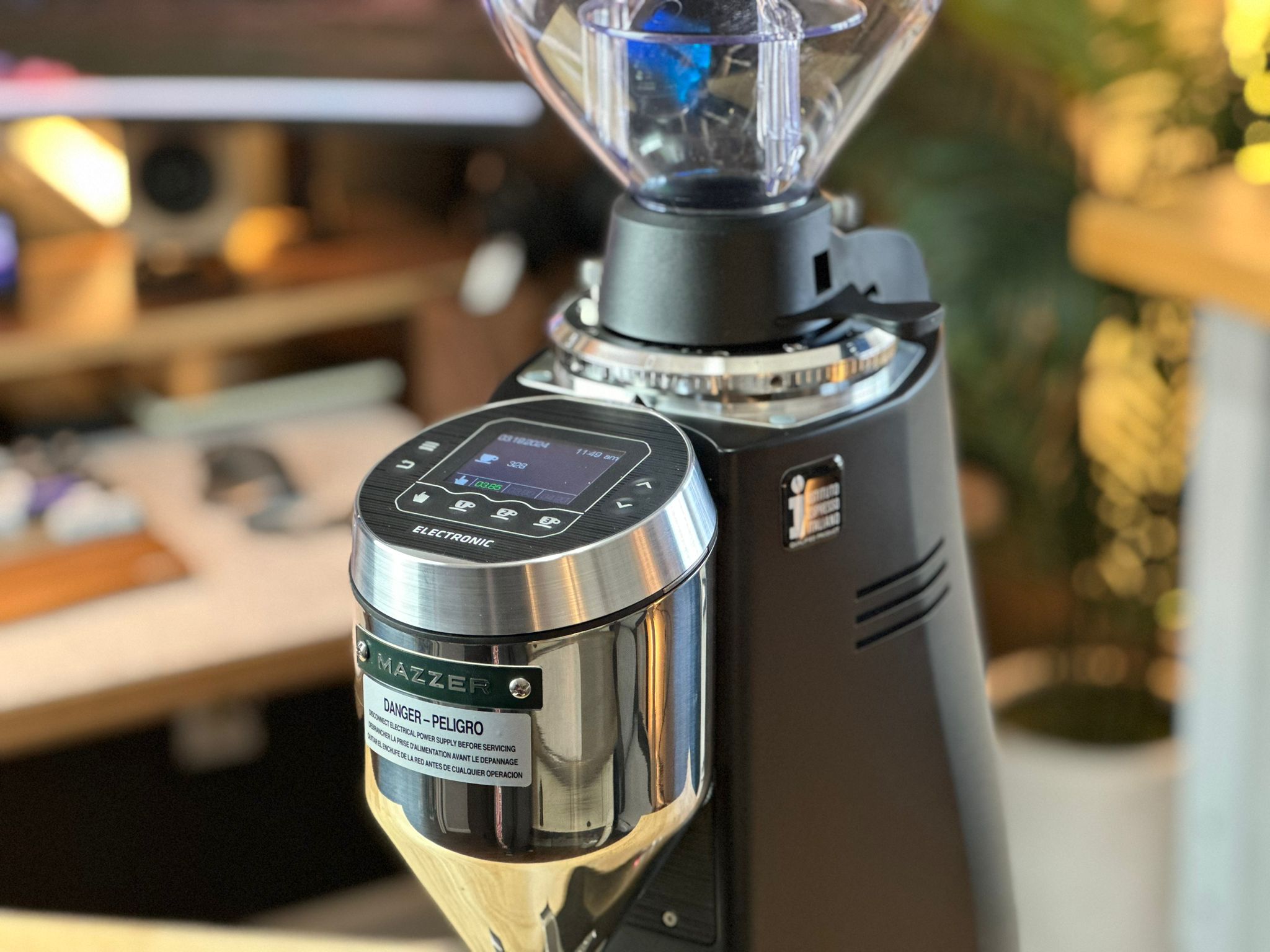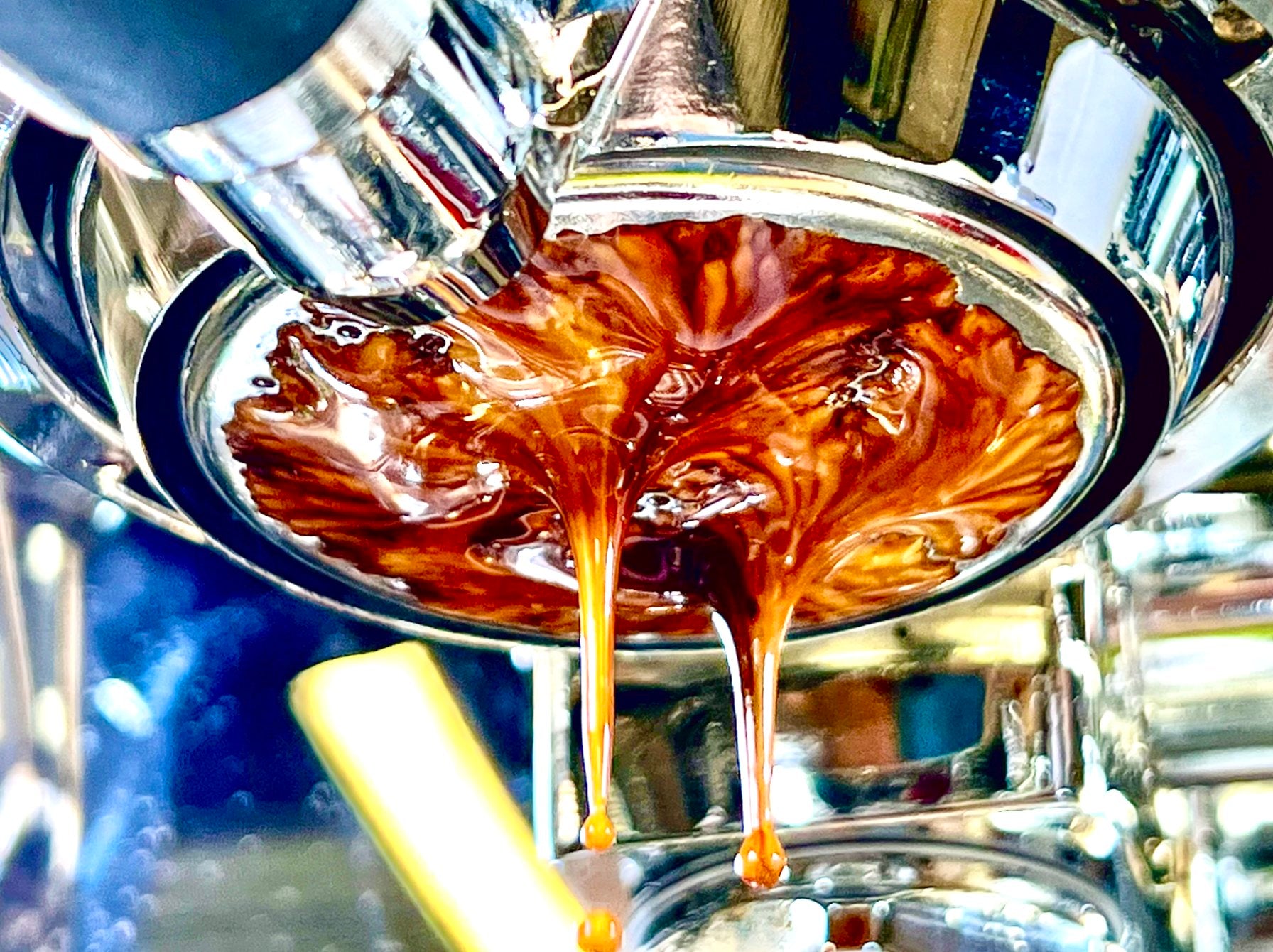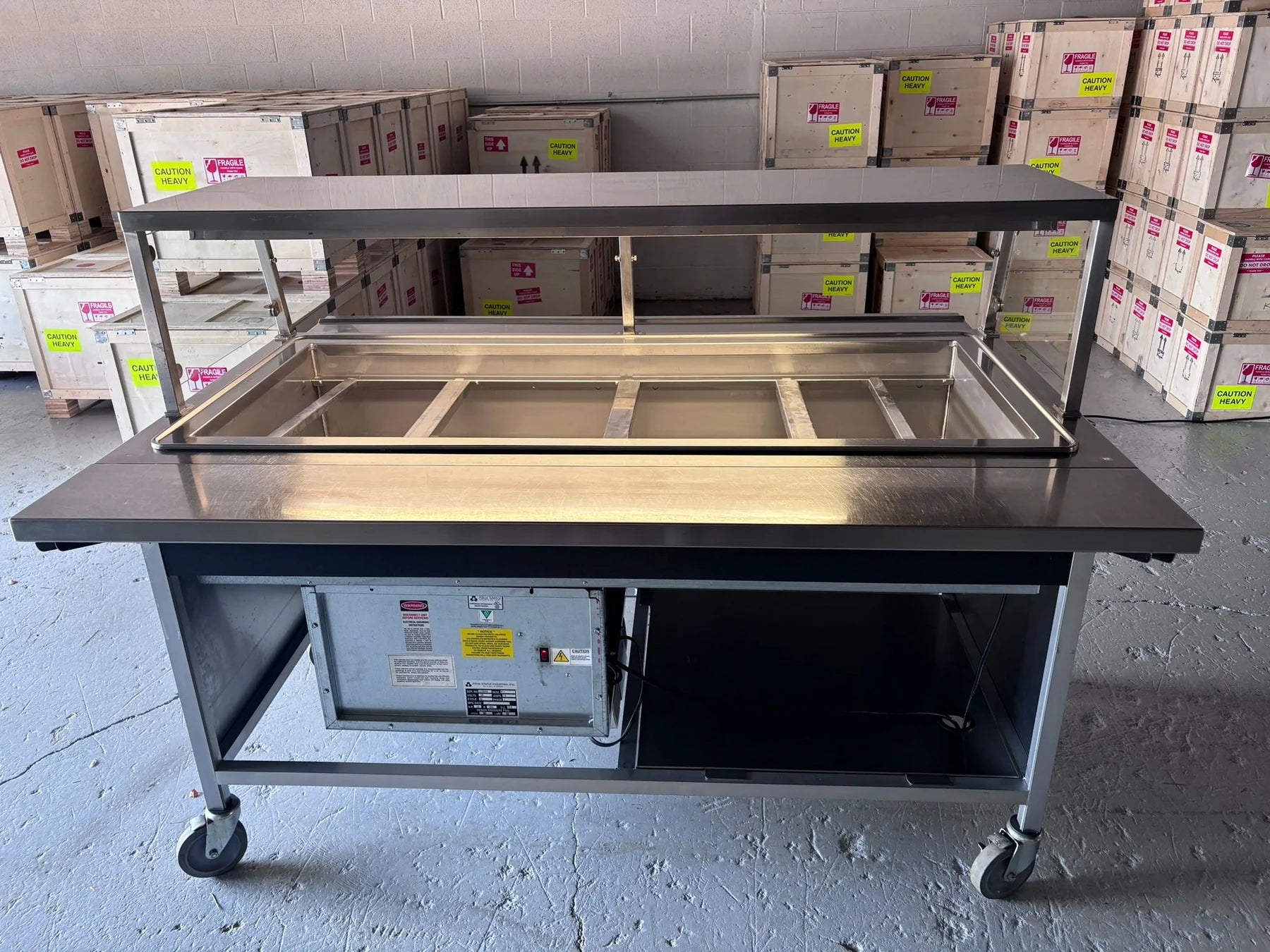Impact of Water Quality on Coffee Fermentation and Flavor
Water plays a crucial role in various stages of coffee production, from cultivation to brewing. However, its significance is particularly pronounced during coffee fermentation and processing, where water quality—specifically mineral content and pH—can have profound effects on the final cup profile. The chemistry of water influences the fermentation process, which in turn shapes the flavor, aroma, acidity, and mouthfeel of the coffee. This article explores how different water qualities, such as mineral content and pH, affect coffee fermentation and contribute to the final flavor characteristics.
1. The Role of Water in Coffee Fermentation
Fermentation is an essential step in the post-harvest processing of coffee, especially in washed and semi-washed methods. During fermentation, the mucilage (a layer of sugars and pectin surrounding the coffee bean) is broken down by microbial activity, which is influenced by factors like temperature, humidity, and water quality. Water facilitates the microbial fermentation process, affecting both the duration and intensity of fermentation and the breakdown of sugars and acids, ultimately influencing the coffee's flavor profile.
The use of different types of water in this stage can result in varying degrees of fermentation, potentially leading to distinct flavor outcomes in the final cup.
2. Mineral Content in Water and Its Effects on Coffee Fermentation
The mineral content of water, commonly measured as total dissolved solids (TDS), includes ions such as calcium, magnesium, sodium, potassium, and bicarbonates. These minerals affect both the microbial activity during fermentation and the chemical interactions within the coffee beans themselves.
a. Calcium and Magnesium
Calcium (Ca) and magnesium (Mg) are two key minerals found in most natural water sources. These minerals influence water hardness, which can affect fermentation. Hard water, with higher concentrations of calcium and magnesium, has been observed to slow down the rate of fermentation because it can inhibit the activity of certain bacteria and yeasts that thrive in softer water. This slower fermentation can lead to a more controlled breakdown of mucilage, potentially resulting in more clarity in flavor and enhanced acidity in the final cup.
In regions where water has high calcium or magnesium content, coffee producers have reported that their coffees tend to exhibit brighter acidity and a cleaner finish. For instance, producers in areas of Colombia with high levels of mineral-rich water have noted enhanced fruity and citrus-like flavors after fermentation.
b. Potassium and Sodium
Potassium (K) and sodium (Na) also play significant roles in coffee fermentation. These minerals influence the osmotic balance in water, which can affect microbial metabolism. High levels of sodium, often found in regions with saline water sources, can disrupt microbial fermentation, leading to off-flavors and imbalanced profiles in the coffee. Potassium, on the other hand, is known to promote microbial growth, which can enhance fermentation but also risks over-fermentation if not carefully monitored.
Water sources with moderate potassium levels can promote the growth of beneficial bacteria and yeast, which helps produce more consistent fermentation results. In these cases, the final cup profile may exhibit more complex sweetness, balanced acidity, and richer body.
c. Bicarbonates
Bicarbonates (HCO₃⁻) contribute to the buffering capacity of water, influencing the stability of the pH during fermentation. High levels of bicarbonates are associated with alkaline water, which can slow down the fermentation process. This buffering effect reduces the microbial activity responsible for mucilage breakdown, extending the fermentation time and often resulting in muted acidity and less pronounced flavors in the final cup.
In regions where water contains elevated bicarbonate levels, such as certain areas of Brazil, coffee producers may struggle with achieving vibrant flavors and often have to adapt their fermentation times and methods to counteract these effects.
3. The Importance of pH in Coffee Fermentation
The pH of water used in coffee fermentation is another critical factor that affects the activity of the microorganisms responsible for breaking down the mucilage. Most microbial fermentation thrives in slightly acidic environments (pH between 4 and 6), and the pH of the water can either support or hinder this activity.
a. Acidic Water (pH < 7)
Acidic water, commonly found in regions with volcanic soil, promotes the rapid growth of certain bacteria and yeasts during fermentation. These microorganisms break down the mucilage more efficiently, leading to a faster fermentation process. In this case, the final cup profile may exhibit brighter acidity, more pronounced fruit flavors, and a crisp, clean finish.
In Ethiopia, for example, water with naturally lower pH levels due to volcanic geology contributes to faster fermentation times, resulting in coffees with vibrant floral and citrus notes, along with bright acidity.
b. Alkaline Water (pH > 7)
Water with a higher pH, or alkaline water, tends to slow down the fermentation process, as many microorganisms responsible for mucilage breakdown thrive in more acidic environments. Alkaline water can neutralize some of the acids produced during fermentation, resulting in a slower degradation of mucilage. This can lead to a mellower flavor profile with less pronounced acidity and fruitiness, often described as "flat" or "dull" compared to coffee processed with more acidic water.
In regions with naturally alkaline water, such as parts of Honduras, coffee producers may face challenges in developing the vibrant, fruity flavors typically associated with specialty coffee. To counteract these effects, producers may opt to add organic acids to the fermentation tanks to adjust the pH or use alternative processing methods such as natural or honey processing.
4. Fermentation Management Based on Water Quality
Given the significant impact of water quality on coffee fermentation, producers must manage water use carefully to achieve desired flavor outcomes. Some techniques used to control the impact of water quality on fermentation include:
-
Adjusting Fermentation Times: In areas with hard or alkaline water, coffee producers may extend fermentation times to ensure proper mucilage breakdown. Conversely, in regions with soft or acidic water, fermentation times may be shortened to avoid over-fermentation, which can lead to off-flavors like sourness or overripe fruitiness.
-
Water Treatment: Some producers treat water used in fermentation to modify its mineral content or pH. For example, adding organic acids (such as citric or tartaric acid) to fermentation tanks can help lower the pH in alkaline environments, promoting more efficient microbial activity and enhancing the coffee's flavor profile.
-
Water Source Selection: In certain cases, coffee producers may opt to source water from different wells or streams with varying mineral compositions and pH levels to influence fermentation outcomes. For example, using water with lower bicarbonate levels may lead to a more dynamic cup profile, while water with higher mineral content may result in a more balanced flavor.
5. Impact on Final Cup Profile
The interaction between water quality and fermentation directly affects the flavor characteristics of coffee. Some key flavor attributes influenced by water quality include:
-
Acidity: Water with low bicarbonates and higher mineral content (particularly calcium and magnesium) can lead to enhanced acidity and clarity in the cup, producing bright, vibrant flavors. Conversely, water with higher bicarbonates and lower acidity levels often results in coffees with subdued acidity and a heavier mouthfeel.
-
Sweetness: Properly managed fermentation in mineral-rich water can increase the perception of sweetness, as the breakdown of mucilage promotes the formation of simple sugars that contribute to a sweet, fruity cup.
-
Body and Mouthfeel: Water with higher mineral content can lead to a fuller body, as minerals such as calcium and magnesium interact with coffee compounds during fermentation to create a denser, creamier mouthfeel. Alkaline water, however, may produce a thinner, flatter mouthfeel due to slower fermentation and less mucilage breakdown.
-
Clarity and Complexity: The use of water with low levels of bicarbonates and balanced minerals tends to result in coffees with greater clarity and complexity. These coffees often feature a wide range of flavors, from bright acidity to nuanced sweetness, with distinct layers of taste emerging in each sip.
Conclusion
Water quality, particularly its mineral content and pH, has a profound impact on the fermentation process and the final flavor profile of coffee. Different combinations of minerals and pH levels can enhance or mute specific flavor attributes, making water management an essential factor for coffee producers aiming to achieve consistent, high-quality results. By understanding and adjusting water chemistry during fermentation, coffee growers can significantly influence the development of acidity, sweetness, body, and complexity in their coffees, ultimately shaping the final cup in line with their desired flavor outcomes.



















